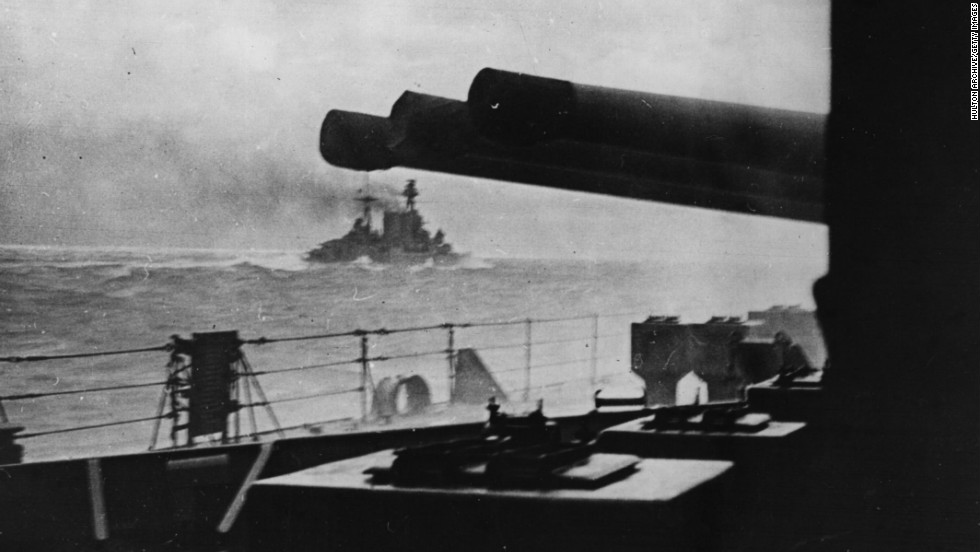The frequencies listed are not those used by short range radio such as talk between ships. These are long range radio frequencies. ( I think 500 kilos is the international marine emergency wave length of 600 meters) If they had to relay the messages from ship to ship it was because things were not working properly. Perhaps there was "atmospherics" or antenna icing or something. Didn't Bismarck's radios also have a hard time getting out as well?Antonio Bonomi wrote:
@ Dave Saxton,
can you be so kind to tell me the difference between the utilization and range of those radio frequencies :
- Fleet Wave ; 138 K c/s ; 500 K c/s ; 4,740 K c/s ; 8,290 K c/s
From Battle Summary Nr. 5 on the W/T ( Wireless Transmission ) chapter :
Especially about the 138 K c/s W/T frequency specifications, because from Capt. Leach report we can read :
So, if I read correctly between PoW and Hood at " short " distance thay could break the " radio silence " as it seems clear to me, ... surely NOT being intercepted and NOT reaching Scapa or Iceland from where they could have listen to them and record those messages ( including the enemy ), ... and in fact it did NOT happen ... since we have NO evidence of those transmission that occurred in reality between PoW and Hood ...... at 23.34 "Prince of Wales" was signalled to report bearing of "Suffolk" by D/F on 138 Kc/s.
If I am right, ... as I think looking at those evidences, ... this means that most likely many other Royal Navy units when at close distance each others could use this W/T ( Wireless Transmission ) method too ... even if under " radio silence " officially ... and now I think about those 4 destroyers up there ...
Bye Antonio
The Allie's TBS frequencies were in the VHF range of 30 to 300 mega cycles. The frequencies listed are are in the medium to high frequency bands of 300 to 30000 kilo cycles. These would not be used as a secure means to communicate over short distances between RN warships. They would use their VHF equipment for that. VHF was line of sight.
FWIW, The German Navy used both VHF (which they called UKW ) and UHF bands for tbs radio.

